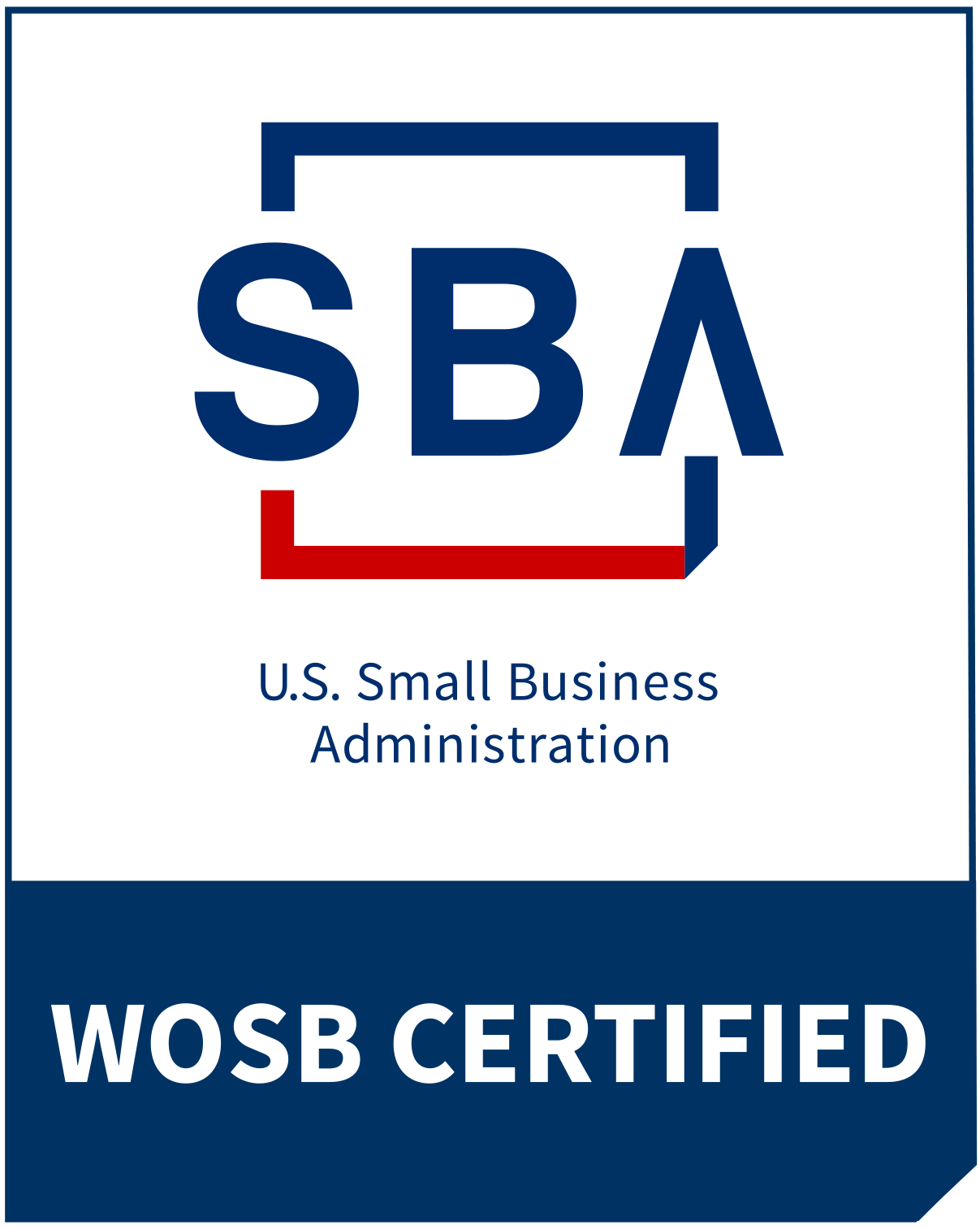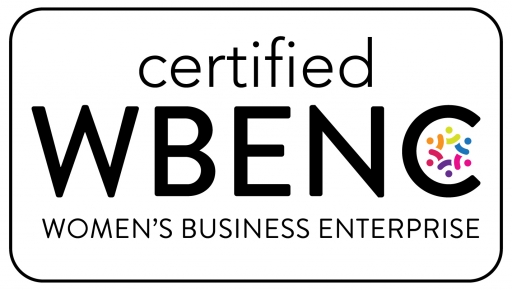According to some studies, well over half of all organizations take the time to create a growth or innovation strategy — a document that captures the choices they are making around what types of initiatives they will pursue in the coming year.
A solid growth or innovation strategy includes initiatives and efforts that are meant to generate incremental or organic revenue; as well as more internally focused initiatives that are projected to attract, develop and retain talent; drive efficiency or cost savings or improve quality.
We’ve noticed, and data seems to support, that a few key inputs are often missing as leadership teams consider the content of their plans. We get most “fired up” about two elements that over and over again, we see executive teams overlooking.
First, any good growth or innovation strategy must be strongly informed by the end client, customer, consumer, user or buyer of your product or service. This key stakeholder should be a the ‘center’ of consideration, but often, executives who are creating the strategy book a conference room for their team for two days and spend most of their time lobbying for projects that they want to pursue or that they believe will generate revenue. Now, to be fair, hopefully in most situations, some knowledge and empathy for the client or customer has influenced these leaders. But, in many cases, the executives creating the strategy haven’t worked directly with a client or talked directly to a customer in years — or maybe ever. Taking the time to deliberately seek input prior to creating the plan for the coming year is a valuable exercise that guarantees that the plan will be relevant and that chosen initiatives will have far greater chances of producing ROI. Teams can effectively bring the client or customer “into the process” by seeking this input via formal or informal research and/or observation prior to a strategy session and then considering the “voice” of the client or customer as choices are made. In some cases, directly involving the client or customer in the creation of the plan can be a very effective way to drive not only relevance, but strong loyalty — provided the organization delivers on the initiatives that the client or customer helped to prioritize!
We suspected that in many cases, executives choose to develop strategic plans behind “closed doors.” But, the data on this point is actually disturbing to us — according to a 2012 CapGemini study, only 11% of organizations involve multiple layers of the organization in the creation of strategic plans. This is a significant miss, especially in larger organizations, where executives are far removed from the realities of the day to day challenges and opportunities of their employees. It can be a daunting task to consider how to incorporate the opinions, thoughts and ideas of a very large group of diverse employees. However, seeking input prior to creating the strategy via smaller group meetings, surveys and by asking them to participate in exercises that can serve as input (for example, asking employees to complete a SWOT template [Strengths & Weaknesses; Opportunities & Threats]) will drive significantly more engagement and actionability of plans.
As you prepare to create your growth or innovation plan for 2013, how will you incorporate the client or customer, and a broad sampling of your employees in the process?
The Garage Group works with leaders to design and facilitate the process of creating actionable, relevant growth and innovation plans that effectively balance short, mid, and long term strategies; and incorporate appropriate levels of client/customer empathy, industry and adjacent industry trends, and employee knowledge.
Photo licensed under Creative Commons 2.0 via Flickr user: focusedcapture



